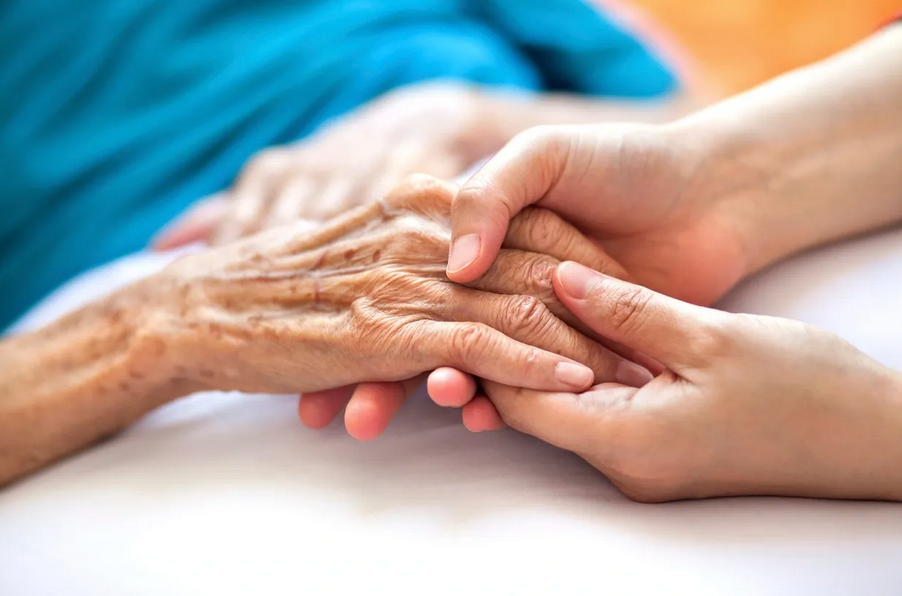Understanding Paronychia: Causes, Treatments, and Prevention

Paronychia is a condition that affects the skin around the nails, leading to inflammation, irritation, and in some cases, infection. This condition can be quite uncomfortable, with symptoms ranging from redness and swelling to severe pain and pus formation. In this blog post, we'll explore the different types of paronychia, what not to do, and how to effectively manage and treat this condition.
Types of Paronychia
Paronychia can be classified into several types, each with distinct causes and treatment approaches:
1. Acute Bacterial Paronychia: Often caused by Staphylococcus aureus, this type evolves rapidly, typically within hours or days. It is characterized by significant swelling, pain, and pus formation around the nail.
2. Chronic Paronychia: This type develops more slowly, over months or even years, and is often associated with a yeast infection, particularly Candida. Chronic paronychia is usually linked to repeated exposure to irritants or trauma.
3. Herpes Simplex Paronychia (Whitlow): This type is caused by the herpes simplex virus and can affect the fingertip area or around the nail. Whitlow is known for its severe discomfort and swelling.
4. Barber’s Paronychia: Common among barbers and those frequently working with their hands in wet conditions, this type can involve bacterial, yeast, or mixed infections. It requires a nuanced approach for proper diagnosis and treatment.
What Not to Do: Avoiding Common Pitfalls
To manage and prevent paronychia effectively, it’s crucial to avoid certain practices that can exacerbate the condition:
1. Avoid Excessive Water Exposure: If your work involves frequent hand washing or contact with water, use gloves to protect your hands and minimize exposure to irritants.
2. Steer Clear of Nail-Biting: Nail-biting can introduce bacteria and cause trauma to the nails, increasing the risk of paronychia. Consider behavioral modification therapy to help break the habit.
3. Limit Aggressive Grooming: Avoid trimming cuticles or engaging in other grooming practices that could irritate or damage the nail area.
4. Minimize Excessive Cleaning: Avoid overuse of harsh soaps, detergents, or disinfectants, as these can be abrasive and worsen the condition.
5. Don’t Self-Treat: Refrain from using alcohol or antifungal treatments without guidance from a dermatologist. Incorrect treatments can aggravate the problem.
What You Should Do: Proper Management and Treatment
If you suspect you have paronychia, here’s a structured approach to managing the condition:
1. Protect Your Hands: Continue to use gloves and avoid contact with water and irritants. Proper protection is key to managing symptoms and preventing worsening.
2. Consult a Dermatologist: Seek professional help to diagnose the specific type of paronychia you have. Your dermatologist will examine the area, possibly perform tests, and tailor a treatment plan accordingly.
3. Follow Treatment Protocols:
- Bacterial Paronychia: Treated with antibiotics and sometimes antibacterial soaps. Severe cases may require drainage.
- Yeast-Related Paronychia: Managed with antifungal medications and topical steroids.
- Chronic Irritant Paronychia: Often treated with topical steroids.
- Viral Paronychia (Herpes Simplex): Requires antiviral medication.
4. Understand Time Frames: Acute bacterial paronychia usually responds quickly to treatment, often within hours or days. Chronic cases may take several weeks to show improvement. Regular follow-ups with your dermatologist are important to monitor progress and adjust treatment as needed.
5. Address Ingrown Nails: If paronychia is related to an ingrown nail, it may need more aggressive treatment. Procedures like onycomatrixectomy, which involves removing part of the nail matrix, may be necessary for persistent cases.
Conclusion
Paronychia is a multifaceted condition with various causes and treatment strategies. By understanding what exacerbates the condition and following a structured approach to treatment, you can effectively manage and potentially prevent paronychia. For persistent or severe cases, always consult a board-certified dermatologist for personalized care.
If you found this helpful, subscribe to Dr. Bibi's Newsletter for cutting edge skincare and share this article. For further insights into skincare simplification, check out my book "Sick Skin - Skin Care Made Simple" on Amazon, now available in audio.
Thanks for reading and God bless.
Yuval Bibi, MD/PhD - Board Certified Dermatologist

Share and get 15% off!
Simply share this product on one of the following social networks and you will unlock 15% off!